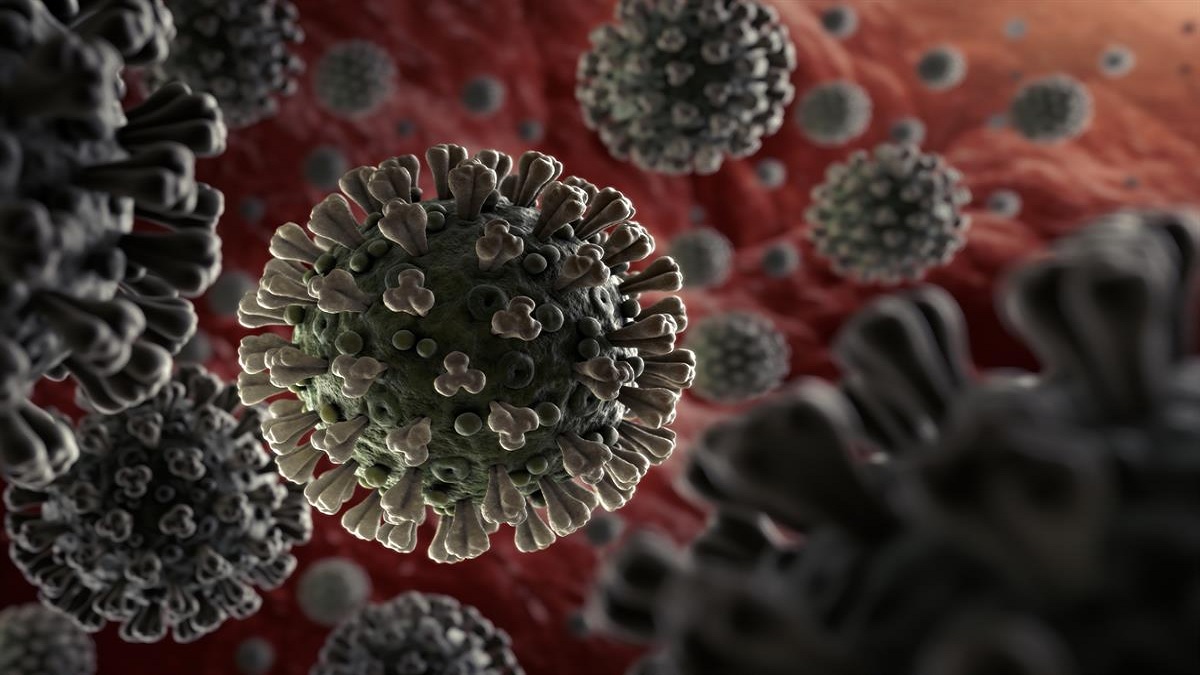


The participation in sport has known health benefits, including promoting physical fitness and mental wellness. It is widely recognized that physical activity, performed for the right amount of time and intensity can provide benefits to the immune system. Now researchers say sports participation or any other physical activity could help protect against severe Covid hospitalizations. In a new study published in the British Journal of Sports Medicine, researchers and physicians at Kaiser Permanente Fontana Medical Center in Southern California, the University of California, San Diego, and other institutions found that Covid patients who regularly exercised or participated in sports before becoming sick were the least likely to be hospitalized, admitted to the ICU and die as a result of their illness. Physical activity provided strong protection from hospitalization, ICU admission, and death among COVID-19 patients.The results of a study show inactivity is strongly associated with poor COVID-19 outcomes.
The odds for death were 2.49 times lower for athletes who were consistently active compared with inactive patients. Athletes had 1.73 times lower odds of ICU admission than patients who were consistently inactive. Athletes had lower odds for severe COVID-19 when compared to those who were consistently inactive. Research shows that athletes have better immune system which help their body fight off infections. Sports can help athletes reduce stress levels and build emotional resilience. There is evidence that suggests sports help you fall asleep faster and improves sleep quality, and getting a good night’s sleep has also been found to boost their immune system.
Many star athletes tested positive for COVID-19 including football superstar Cristiano Ronaldo, Brazilian star Neymar, AC Milan striker Zlatan Ibrahimovic, world number one tennis player Novak Djokovic, world number one golf player Dustin Johnson, Former Pakistan captain Shahid Afridi, Kevin Durant, one of the biggest stars in the NBA.
As many as 24 sportspersons and 12 support staff members tested positive for the coronavirus at the Sports Authority of India’s (SAI) Bhopal centre. Six Indian hockey players from men’s national team, including captain Manpreet Singh, were tested positive for COVID-19 when they were checked ahead of their camp at SAI’s Bengaluru campus. Indian badminton player Satwiksairaj Rankireddy also tested positive for COVID-19. India’s top woman wrestler Vinesh Phogat also tested positive for COVID-19 in August last year.
RECOMMENDATIONS FOR A SAFE RETURN TO SPORT AFTER COVID-19
All guidance, rules and regulations regarding the return of sports must be followed as set forth by the national, state, or local governments and health departments. Individuals who have had an extended time away from sport, there is increased risk of deconditioning, putting them at much higher risk for injury if pushed too hard too fast. Overtraining, defined as prolonged or excessive repetitive activity/workouts in efforts to “catch up,” does not allow the body to adjust and recover, which can lead to decreased performance and/or increased risk injury.
After COVID-19 infection, athlete’s health care provider will help determine when it is safe to begin a graduated return to play progression based on athlete’s medical history, symptoms, severity of illness and previous level of activity. A graduated return to play progression will increase athlete’s activity level and allow to monitor any lingering symptoms of COVID-19 infection. Athlete may begin Phase 1 of the following return to play progression once he or she is able to complete activities of daily living (i.e. walking around the house, dressing, daily hygiene tasks, etc.) without worsening of symptoms and has been cleared by a health care provider for exercise or sports activities.Throughout each phase, it is important to monitor the athlete for the following symptoms. If he or she experiences any of these symptoms, discontinue activity and return to his or her health care provider for further evaluation.
Dizziness
Difficulty breathing
Chest pain/pressure
Decreased exercise tolerance
Fainting
Phase 1: At least two sessions of light aerobic activity (up to 70% maximum heart rate) for up to 15 minutes. Sessions should be at least 24 hours apart. Activities may include brisk walking, light jogging or using a stationary bike. No strength training.
Phase 2: At least one session of aerobic exercise (up to 80% maximum heart rate) for up to 30 minutes. Simple movement activities such as running drills may be added to increase level of difficulty. No strength training.
Phase 3: At least one session of exercise (up to 80% maximum heart rate) for up to 45 minutes. May add some simple sport specific activities and strength training to increase level of difficulty.
Phase 4: At least two sessions of sport specific training (up to 80% maximum heart rate) for up to 60 minutes. Sessions must be at least 24 hours apart.
Phase 5: Resume normal training activities and duration for at least one session.
Phase 6: Return to competition with no restrictions.